Should you happen to take a walk some day in Sauvebonne valley, near Hyères in the Var, you might be surprised to discover one of the most beautiful plantations of musical reeds in the world.
This plantation was founded by the Donati family, specialists in musical reed cane for over 80 years, for the production of reeds used in clarinets, saxophones, oboes and bassoons.
The Var department produces the finest reeds in the world for these instruments, thanks to the exceptional vibratory qualities of its reed canes, strengthened by the continual swaying of their stems in the Mistral wind and Provencal sun.






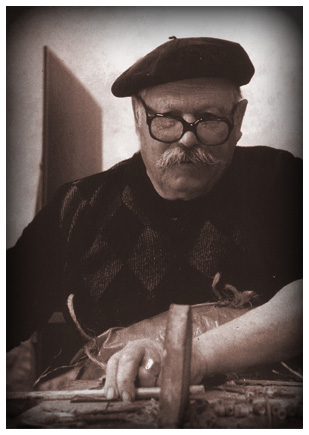 In 1932, Italian immigrant Honorat Donati set up a workshop in Carqueiranne in the Var producing reed and wicker baskets used for sending cut flowers to markets in Paris, Berlin, London, and other cities in France and Europe.
In 1932, Italian immigrant Honorat Donati set up a workshop in Carqueiranne in the Var producing reed and wicker baskets used for sending cut flowers to markets in Paris, Berlin, London, and other cities in France and Europe.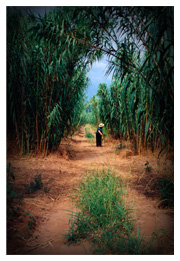





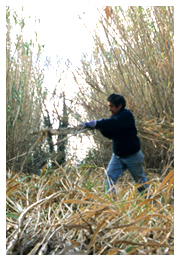 The reed canes are cut during the winter, while the plant is dormant. Our cutters clean up the plantation by eliminating small specimens and leaving year-old stems of good diameter in the ground; these will be selected and cut the following winter.
The reed canes are cut during the winter, while the plant is dormant. Our cutters clean up the plantation by eliminating small specimens and leaving year-old stems of good diameter in the ground; these will be selected and cut the following winter.




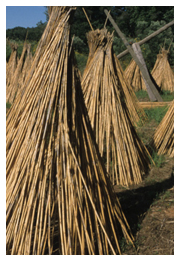 Scraping is an operation which involves removing the branches and leaves. The reeds are cut to 1.80 m from the base, since only this section has the required diameter and sufficient thickness for musical use.
Scraping is an operation which involves removing the branches and leaves. The reeds are cut to 1.80 m from the base, since only this section has the required diameter and sufficient thickness for musical use.





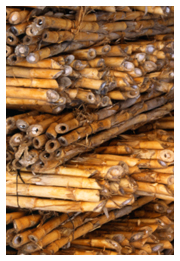


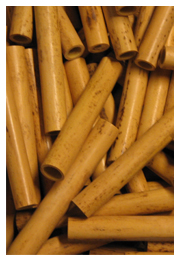 After several months of storage, the reed cane is ready to be sawn into tubes (“cannons”) and sorted. The selector’s experience is vital.
After several months of storage, the reed cane is ready to be sawn into tubes (“cannons”) and sorted. The selector’s experience is vital.




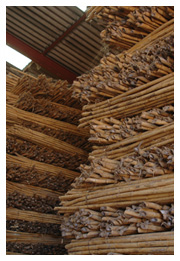


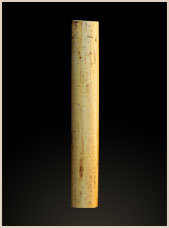
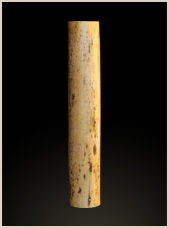
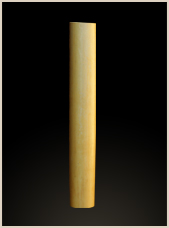
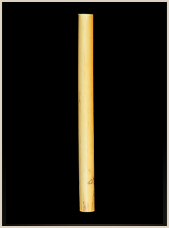
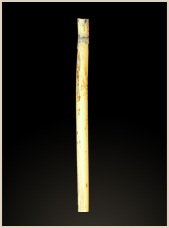
 Ikone Web
Ikone Web